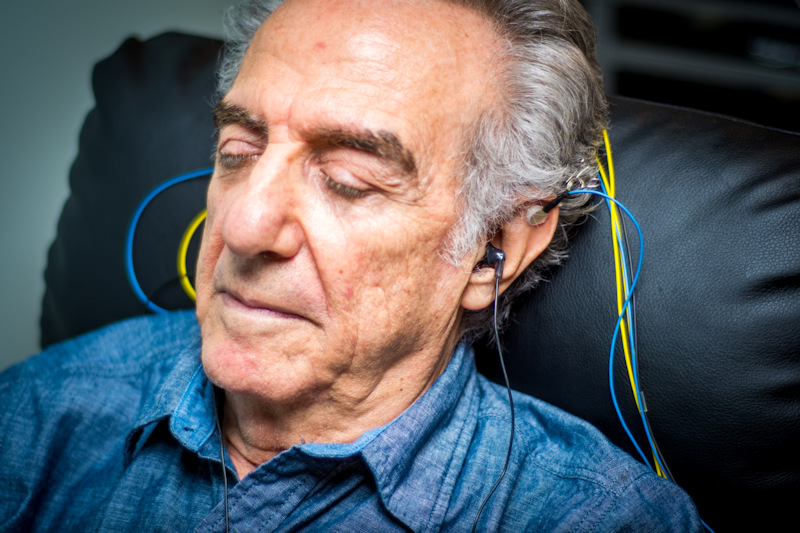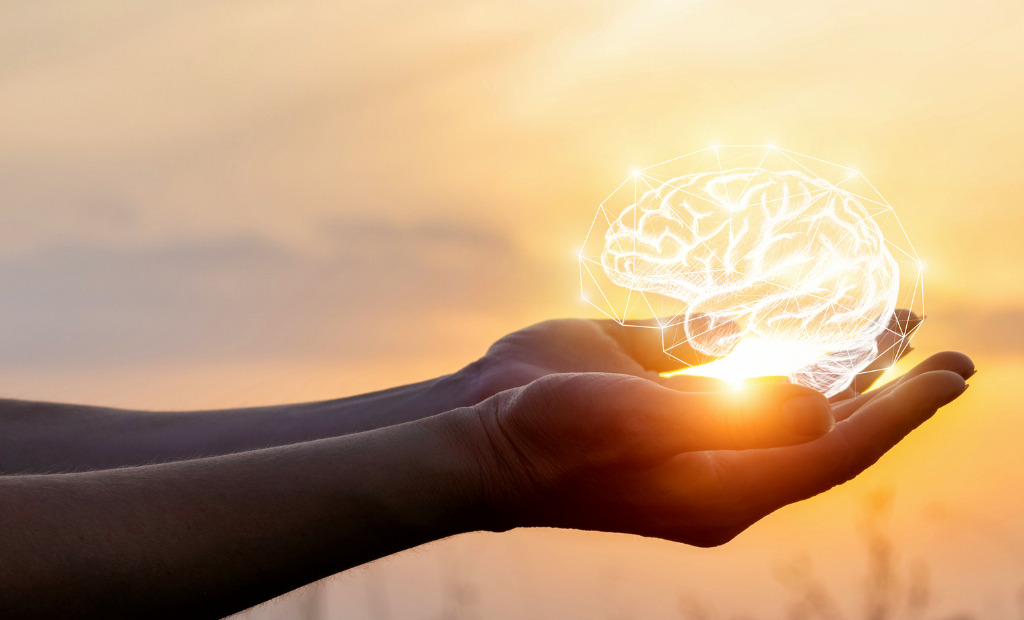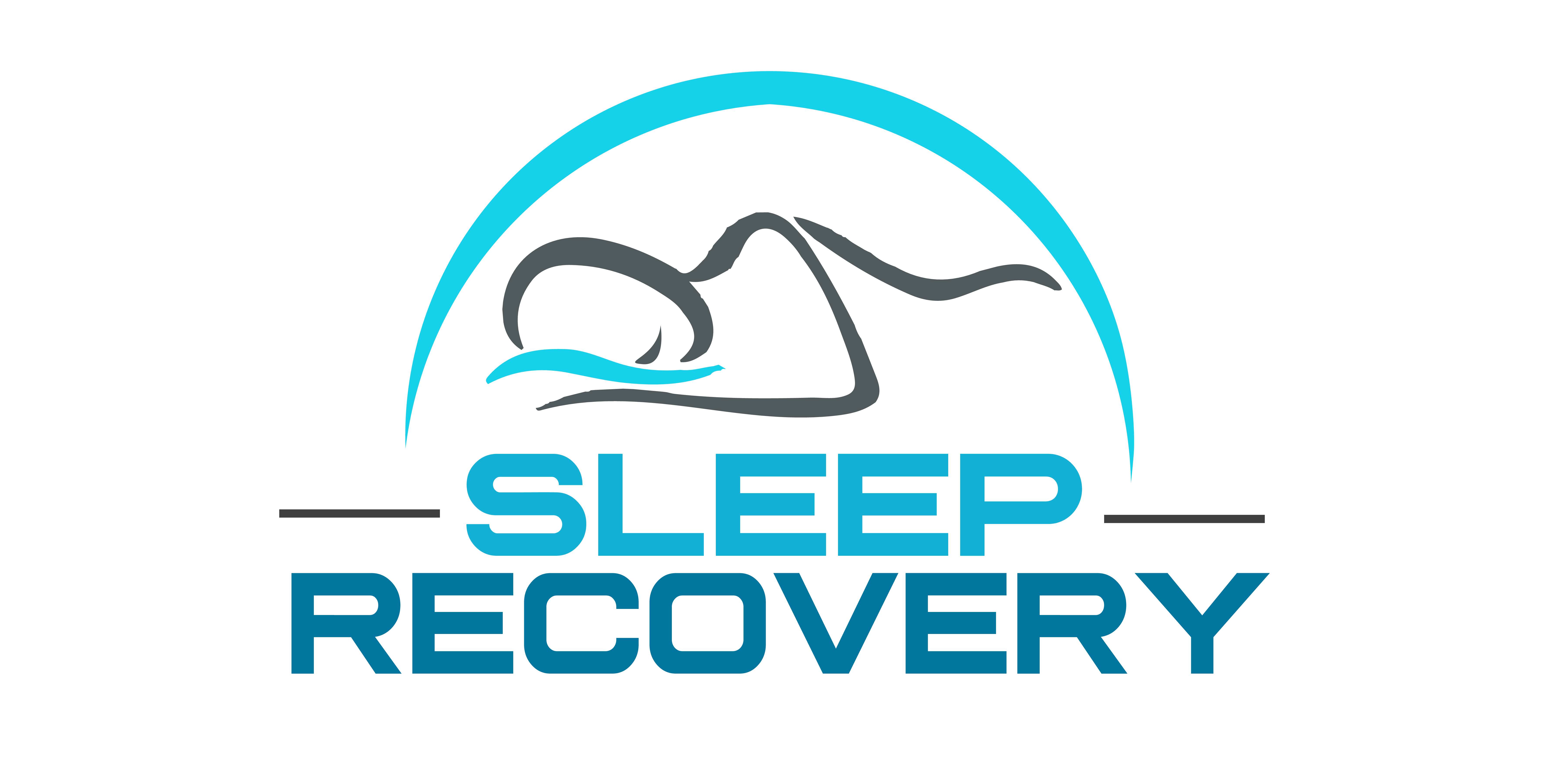The Deep Sleep-Stage Dementia Link: New Research Reveals Critical Connection

How Protecting Your Deep Sleep Today Could Save Your Memory in Later Years
The Brain’s Nightly Cleansing Ritual
Every night, while you sleep, your brain performs a remarkable feat of biological housekeeping. During the deepest stages of sleep, cerebrospinal fluid washes through your brain tissue like a gentle tide, carrying away metabolic waste that accumulates during waking hours. This natural cleansing process, called glymphatic clearance, may be one of the brain’s most important functions, and new research suggests it could be the key to preventing dementia.
Dr. Matthew Walker from UC Berkeley says, “There is something about delta-stage sleep that is helping protect you.” His team’s groundbreaking research has revealed that people who get less deep sleep accumulate significantly more beta-amyloid, a sticky, toxic protein that forms plaques in Alzheimer’s disease.
The implications are profound. Deep sleep isn’t just about feeling rested the next day – it may determine whether your mind remains sharp decades from now.
Revolutionary Findings from the Framingham Heart Study
The most compelling evidence comes from the prestigious Framingham Heart Study, which followed 346 participants for up to 17 years. Researchers made a startling discovery: each one percent annual decrease in deep sleep was associated with a 27% increase in dementia risk.
To put this in perspective, if someone loses just 2% of their deep sleep per year – a seemingly modest decline – their dementia risk increases by over 50%. The participants who eventually developed dementia showed twice the rate of profound sleep loss compared to those who remained cognitively healthy.
Dr. Jayandra Himali, the study’s lead researcher, emphasizes the significance: “These findings suggest that slow-wave sleep loss may be a modifiable dementia risk factor.” This revelation represents a paradigm shift in how we think about dementia prevention—from inevitable aging to something we might influence through sleep optimization.
The Brain’s Dishwasher Effect
The mechanism behind this protection involves what scientists playfully call the brain’s “dishwasher mode.” Brain cells shrink by up to 60% during deep sleep, creating wider channels for cerebrospinal fluid to flow through brain tissue. This fluid carries away metabolic waste, including the beta-amyloid proteins and tau tangles that characterize Alzheimer’s disease.
Dr. Laura Lewis from Boston University, who led the landmark study revealing this process, describes the discovery: “We realized that there are these waves of fluid flowing into the brain during sleep. And it was happening much larger and slower than anything we’d seen during wakefulness.”
Crucially, each successive wave of cleansing fluid is preceded by large, slow electrical waves, the hallmark of deep sleep. Without these slow EEG oscillations, the brain’s waste removal system operates at reduced capacity, allowing toxic proteins to accumulate over time.
The Devastating Consequences of Lost Deep Sleep
As we age, deep sleep naturally declines. The Framingham study found that participants lost an average of 0.6% of their deep sleep each year. While this seems minimal, the cumulative effect over decades is substantial. A 70-year-old might have only half the deep sleep they enjoyed at age 30.
This decline accelerates the accumulation of Alzheimer ‘s-related proteins. Research shows that even a single night of poor deep sleep correlates with increased cerebrospinal fluid levels of amyloid-beta. Imagine the effect of years or decades of compromised deep sleep.
The research also revealed that people carrying the APOE ε4 gene, which significantly increases Alzheimer’s risk, experience even greater profound sleep loss as they age. This creates a particularly vicious cycle where genetic predisposition leads to worse sleep, which further increases dementia risk.
Beyond Alzheimer’s: The Broader Cognitive Impact
While much research focuses on Alzheimer’s disease, profound sleep loss affects cognitive function more broadly. Deep sleep stages are crucial for memory consolidation, where vital information gets transferred from temporary to long-term storage. Without adequate deep sleep, this process becomes impaired.
Studies of college students demonstrate this clearly – those with more deep sleep perform significantly better on memory tests and maintain information longer. If deep sleep is essential for a young, healthy brain to learn and remember, imagine how critical it becomes for aging brains fighting cognitive decline.
Traditional Sleep Medicine Falls Short
Unfortunately, conventional approaches to sleep problems often miss the deep sleep component entirely. Standard sleep medications may help people fall asleep or stay asleep longer, but they frequently disrupt healthy sleep architecture, reducing the time spent in deep sleep stages.
Sleep studies typically focus on sleep apnea or other breathing disorders while overlooking the electrical patterns that govern sleep depth. This is one of the downsides to home sleep testing (HST). Many people receive CPAP machines or other treatments that address breathing but fail to detect, let alone restore, the slow brainwave patterns essential for deep sleep.
This chasm in treatment options leaves millions of older adults with compromised deep sleep, potentially accelerating their cognitive decline without anyone recognizing the connection.
Sleep Recovery’s Pioneering Approach to Deep Sleep Enhancement
Sleep Recovery stands at the forefront of applying amplitude-based brainwave entrainment to enhance deep sleep quality in elderly populations. While most sleep disorder practices focus on mechanical aspects like breathing disorders, Sleep Recovery targets the electrical patterns that govern sleep depth and quality.
Understanding Amplitude-Based Brainwave Entrainment
The core of Sleep Recovery’s approach is understanding that the brain’s electrical activity fundamentally controls sleep architecture. Delta-stage sleep is characterized by high-amplitude, low-frequency brainwaves, typically between 0.5 and 4 Hz.
Amplitude-based brainwave entrainment presents the brain with precisely calibrated feedback about its electrical activity, unlike crude sound-based entrainment systems attempting to “force” brainwave changes. Sleep Recovery’s neurofeedback technology allows the brain to recognize and strengthen its natural deep sleep patterns.
David Mayen, Sleep Recovery’s founder, explains the distinction: “We’re not imposing artificial patterns on the brain. We’re showing the brain its activity and allowing it to choose which patterns to amplify. The brain naturally gravitates toward the high-amplitude slow waves that create deep, restorative sleep.”

Specialized Programs for Elderly Clients
Sleep Recovery has developed specialized protocols specifically for older adults facing age-related deep sleep decline. These protocols recognize that elderly brains may need different training approaches than younger clients.
The elderly-focused protocols typically emphasize:
Extended Training Periods: While younger clients might achieve results in 10-15 sessions, elderly clients often benefit from 15-20 sessions to allow for more gradual neural changes. The aging brain requires more time to establish new patterns, but the changes are more stable once achieved.
Gentle Amplitude Progression: Rather than immediately targeting maximum slow-wave amplitude, the protocols gradually guide elderly brains toward deeper states. This approach respects the natural changes that occur with aging while still pursuing meaningful improvement.
Integrated Arousal Management: Many elderly clients struggle with hyperarousal, which prevents deep sleep entry. The protocols include specific training for reducing excessive beta waves and promoting the calm alpha states that precede deep sleep.
Circadian Rhythm Coordination: Advanced protocols coordinate brainwave training with circadian rhythm optimization, recognizing that elderly clients often struggle with timing their sleep appropriately.
Clinical Outcomes in Elderly Populations
Dr. Caroline Conner’s experience articulates these results. Struggling with perimenopause-related sleep disruption, she had tried conventional CBTi treatments without success. “My case was a bit more complicated, and we also had to do some limbic brain trauma therapy. The combination of Amplitude Training, Light Therapy, and Alpha-Theta work has an immeasurable impact on my sleep quality.”
The “immeasurable impact” Caroline describes often includes dramatic improvements in deep sleep percentage. Sleep Recovery tracks these changes using advanced sleep monitoring technology, documenting increases in deep sleep that would be considered clinically significant by any measure.
Ron Mills, another elderly client, discovered that his sleep problems weren’t just about getting more hours of rest. “After several sessions with positive results, David concluded that I needed to do a sleep study because he felt that I had sleep apnea issues. To my surprise, he was right, and I’m now grateful for his advice.”
The Mills case illustrates Sleep Recovery’s comprehensive approach, which recognizes when amplitude-based training needs to be combined with other interventions for optimal results.
Dr. Jeffery Wilson, Sleep Recovery’s clinical director, brings 39 years of neurofeedback experience to these protocols. His knowledge of state-of-the-art neurofeedback and training with fellow seniors has been a substantial success.

Addressing Comorbid Conditions
Many elderly clients present with multiple factors affecting their sleep quality. Sleep Recovery’s amplitude-based approach is particularly valuable because it addresses the underlying neural dysregulation that often drives sleep problems and other age-related conditions.
For example, many elderly clients struggle with both insomnia and anxiety, conditions that create a self-reinforcing cycle. Similar EEG patterns that support deep sleep are also associated with reduced anxiety. By training these concurrently, clients often experience improvements in both sleep and mood.
Delilah Cannon’s experience demonstrates this comprehensive benefit. Initially diagnosed with chronic insomnia and prescribed Xanax for anxiety, she found that neurofeedback training addressed both conditions: “I slept peacefully with low anxiety for 5 years now with no pills.”
Measuring Deep Sleep Improvements
Sleep Recovery employs multiple methods to document improvements in deep sleep quality. In addition to subjective reports from clients, they utilize:
Advanced Sleep Tracking: Modern fitness trackers and specialized sleep monitors can now accurately detect deep sleep stages with 88 percent accuracy. Their team provides clients with these devices and tracks their improvements over time.
Cognitive Function Assessments: Since deep sleep is crucial for cognitive function, improvements in memory, attention, and processing speed often accompany enhanced deep sleep quality.
Biomarker Tracking: Emerging research suggests that improvements in deep sleep should correlate with reduced markers of neuroinflammation and improved glymphatic function.
Long-Term Maintenance and Sustainability
One of the most remarkable aspects of amplitude-based brainwave training is its lasting effects. Unlike sleep medications that must be taken indefinitely, the neural changes from neurofeedback tend to persist for years after treatment completion.
This sustainability is particularly crucial for elderly clients concerned about dementia prevention. The goal isn’t only initially improving sleep but also establishing ongoing efficacy to protect cognitive function throughout aging.
The Future of Deep Sleep Enhancement
As research continues to reveal the critical importance of deep sleep for cognitive health, Sleep Recovery remains at the cutting edge of treatment development. Current innovations include:
Personalized Protocol Development: Using genetic testing and detailed sleep analysis to create highly individualized training protocols for each person’s unique neurobiology.
Home-Based Training Systems: Advanced neurofeedback systems allow clients to easily train in their homes, extending the benefits of in-clinic treatment.
Integration with Circadian Medicine: Combining brainwave training with light therapy (AVE) and other circadian interventions for comprehensive sleep optimization.
Preventive Applications: Developing protocols for healthy adults who want to protect their cognitive function before problems develop.
The Urgency of Early Intervention
The research from the Framingham Heart Study underscores the importance of addressing deep sleep problems early. The participants who developed dementia showed accelerated deep sleep loss years before cognitive symptoms appeared, suggesting a crucial window of opportunity for intervention.
Rather than waiting for cognitive decline to begin, their team encourages proactive treatment for anyone experiencing reduced deep sleep quality. The earlier the intervention begins, the greater the potential for preserving cognitive function.

Hope for Cognitive Preservation
Emerging research on deep sleep and dementia prevention offers genuine hope for aging populations. For the first time, we clearly understand a modifiable risk factor for cognitive decline and sophisticated tools for addressing it.
The implications extend far beyond individual treatment. As more people optimize their deep sleep through advanced neurofeedback and AVE training, we may see population-level reductions in dementia incidence.
For those concerned about their cognitive future, the message is clear: protecting your deep sleep today may be the most important investment you can make in your long-term brain health. The technology and expertise to accomplish this protection already exist—the question is whether we’ll have the wisdom to use them.
If you or a loved one would like more information on Sleep Recovery’s programs, please call 1-800-927-2339 or visit https://sleeprecovery.net
